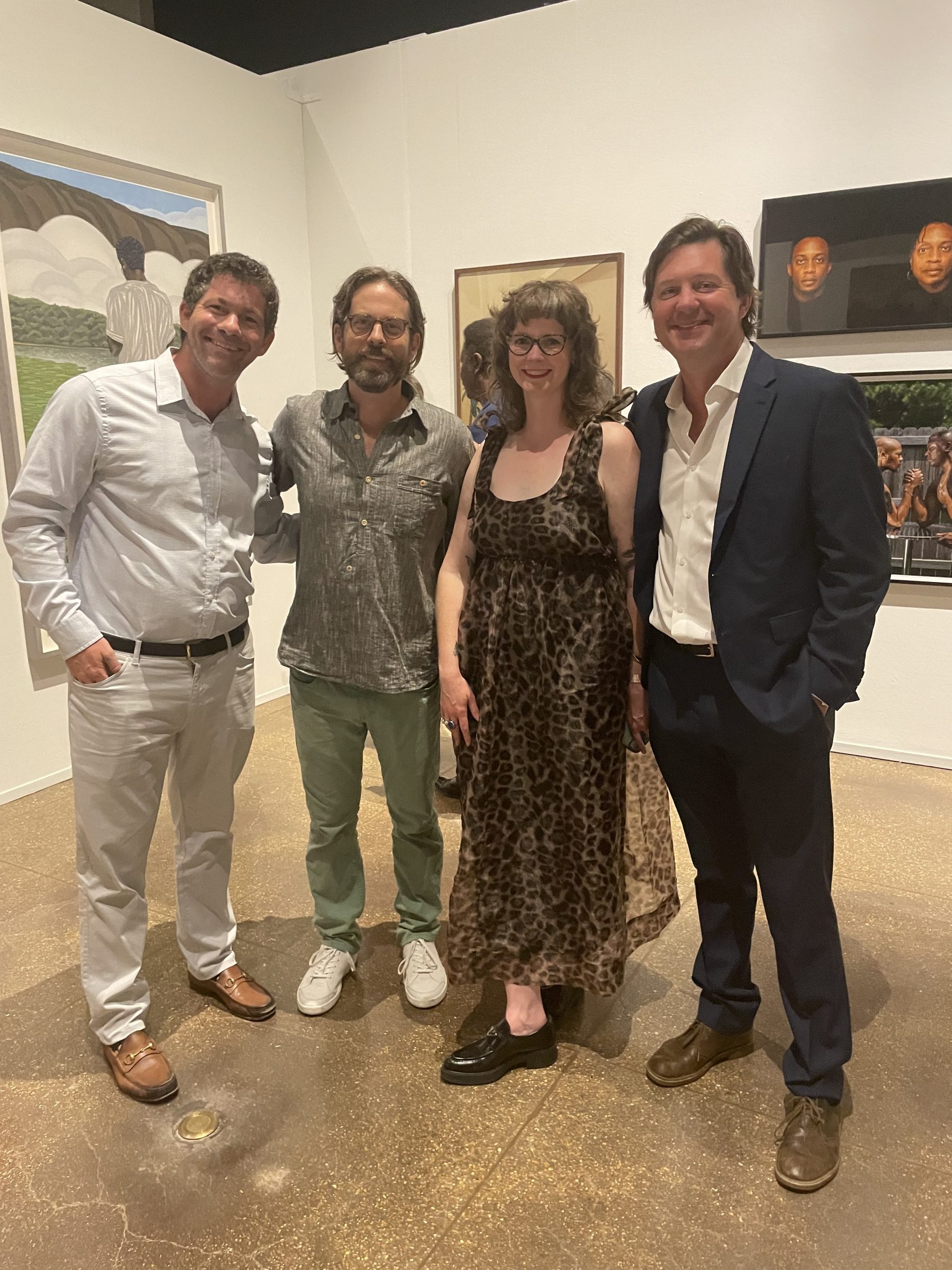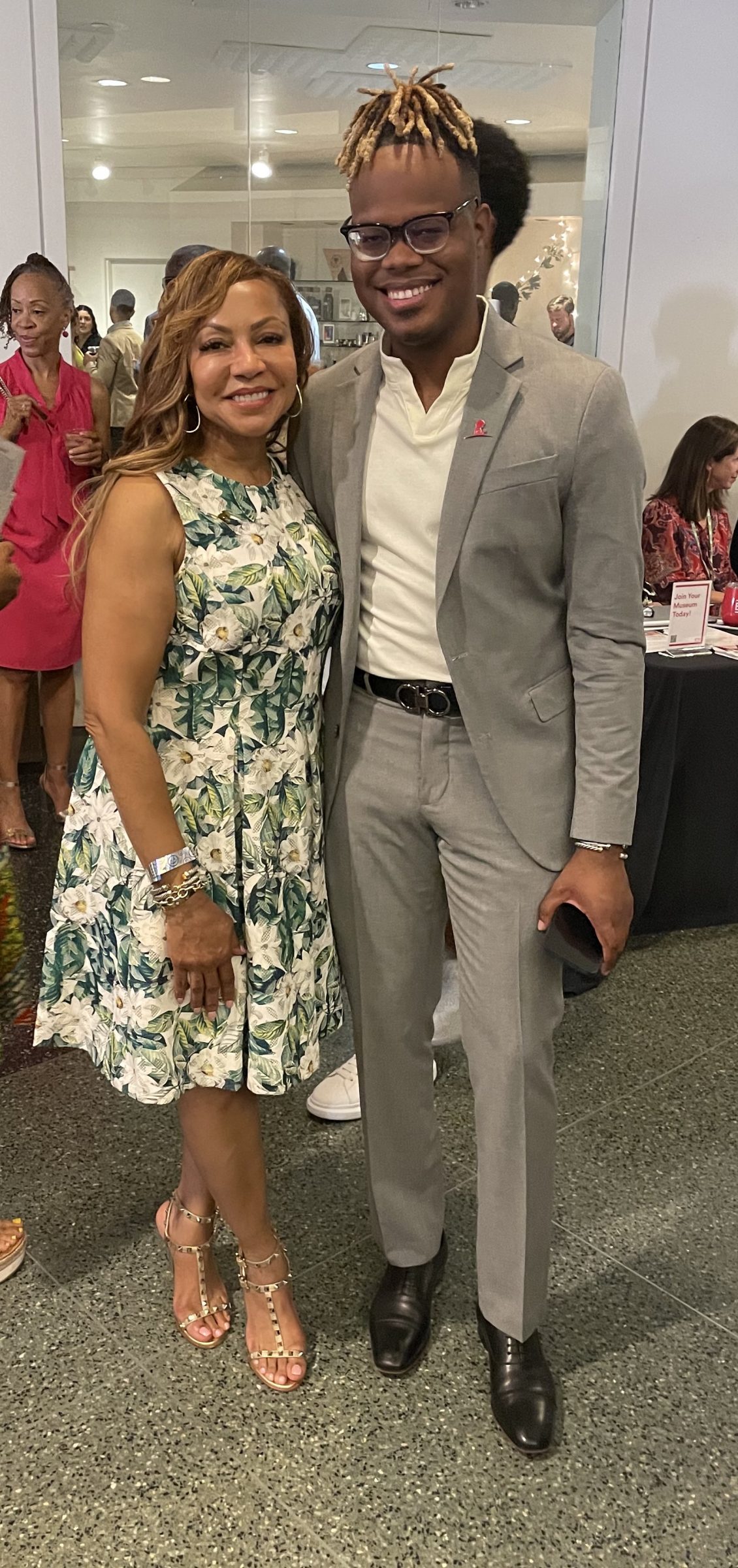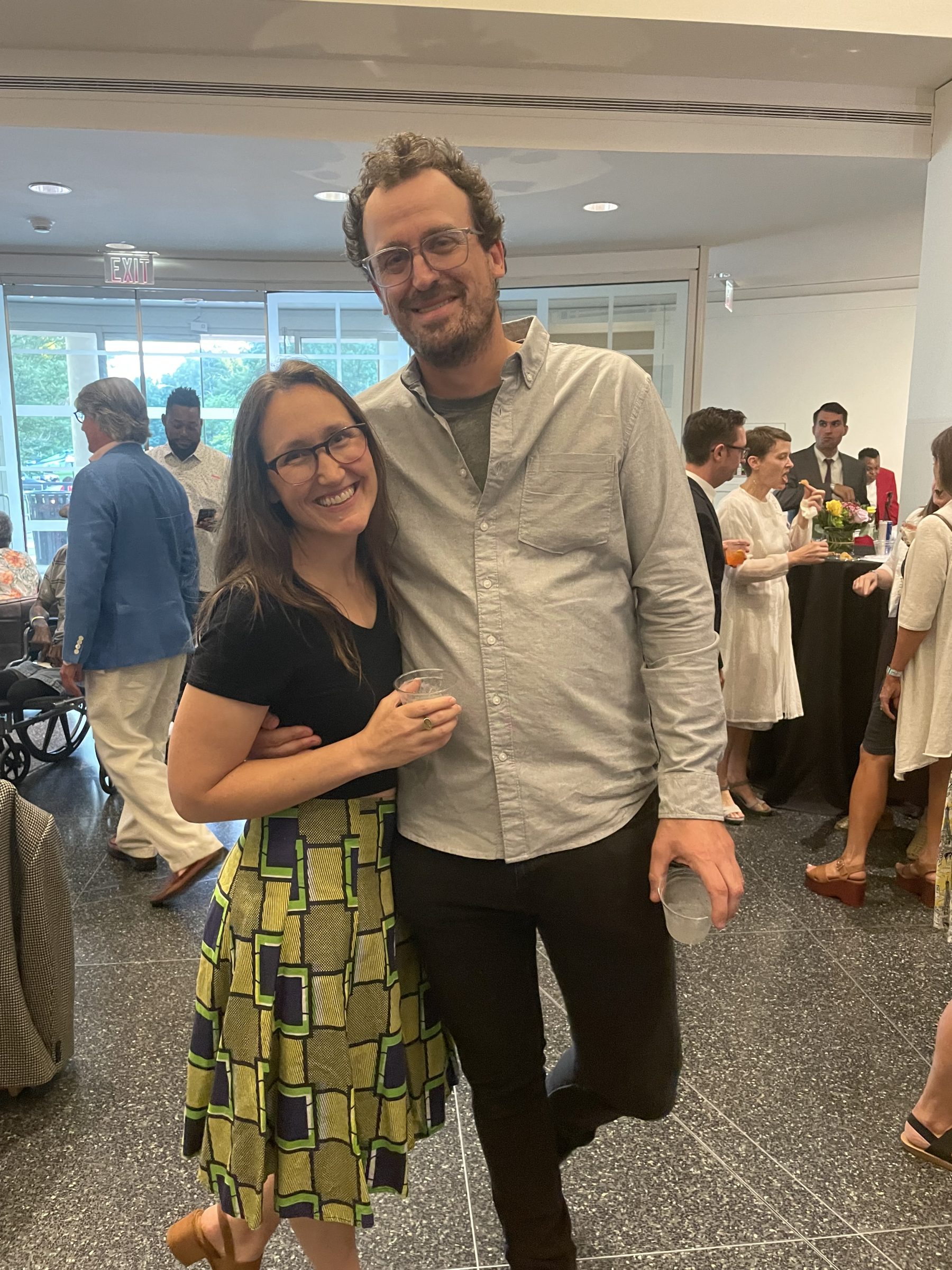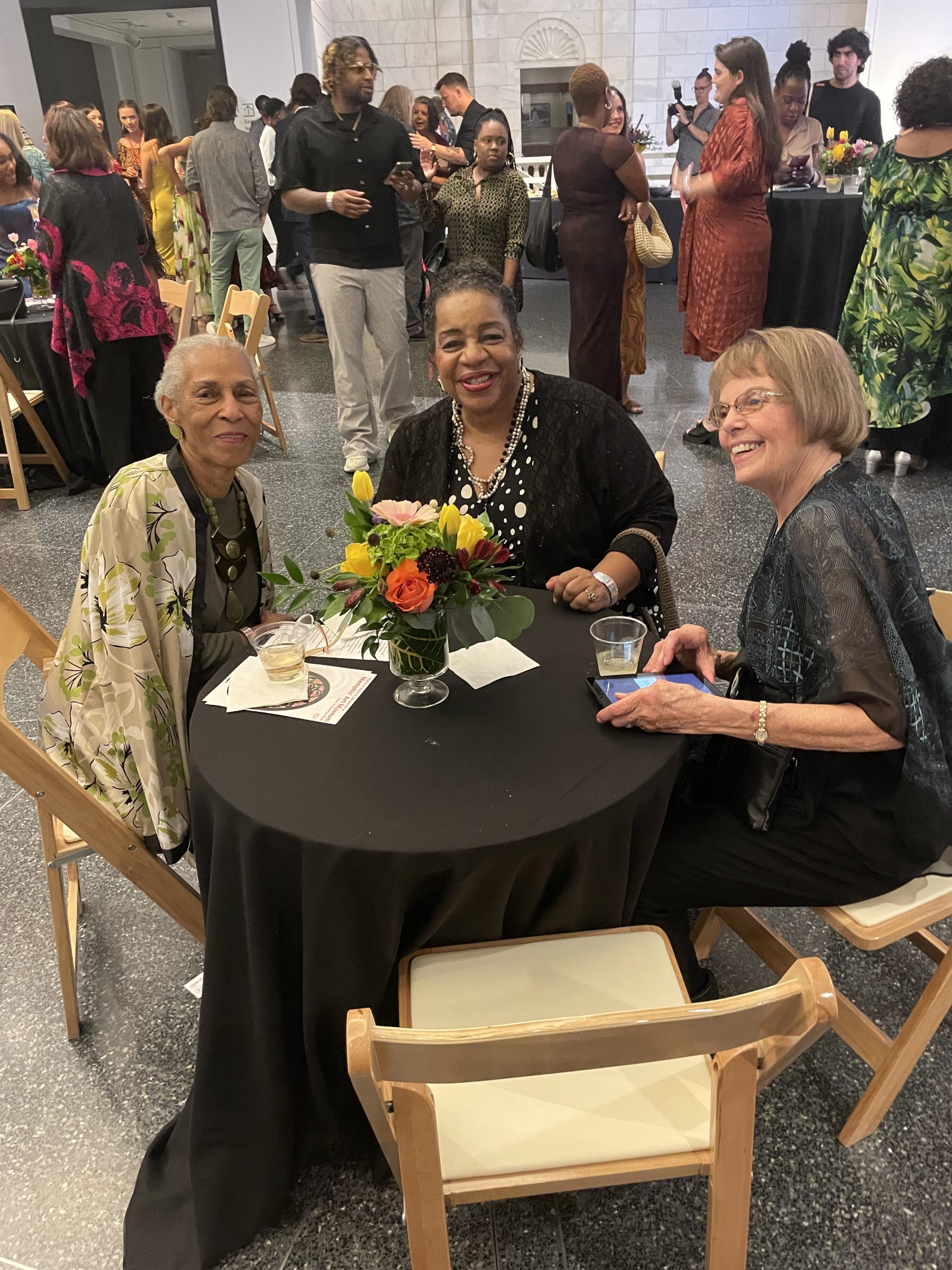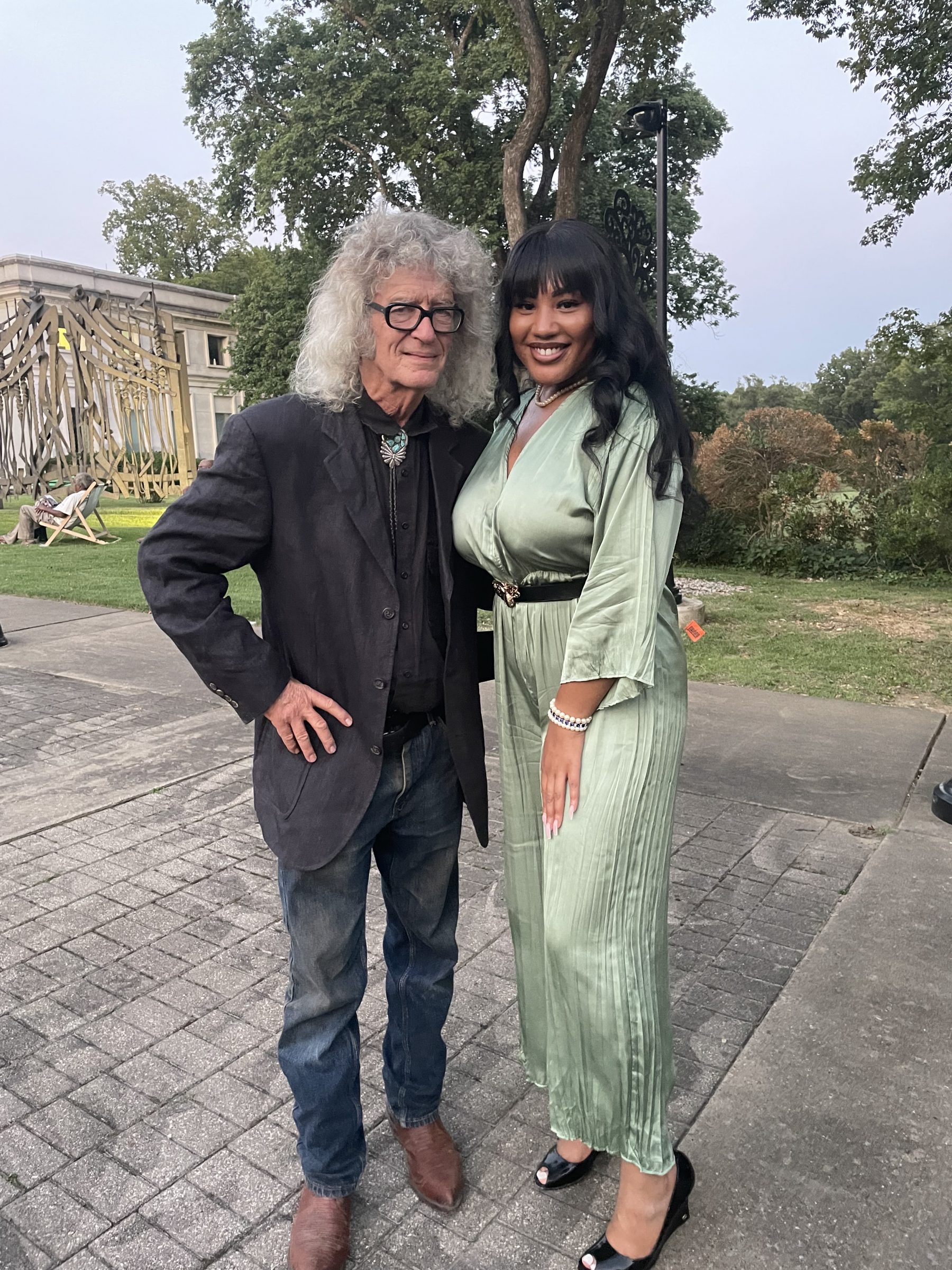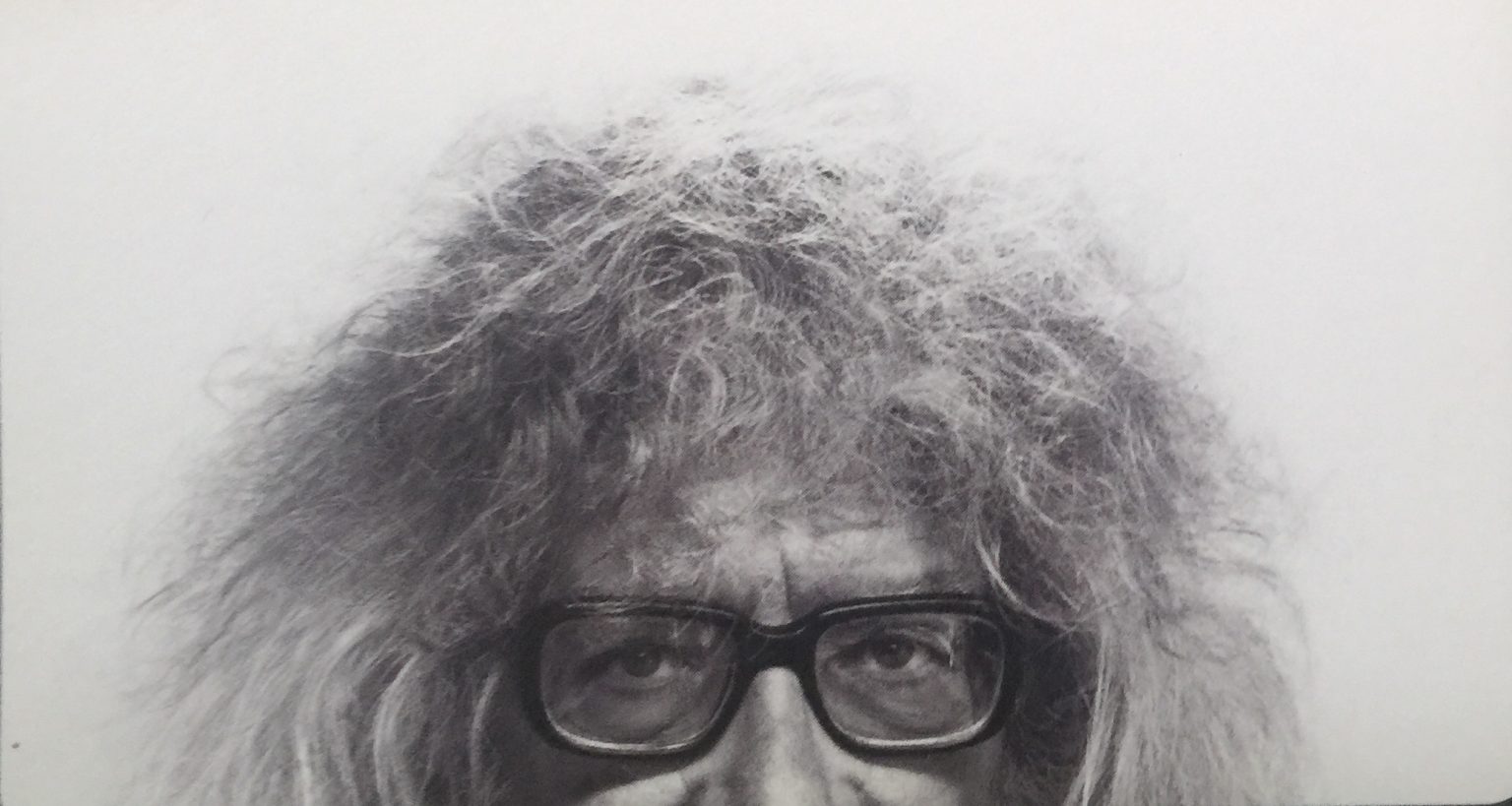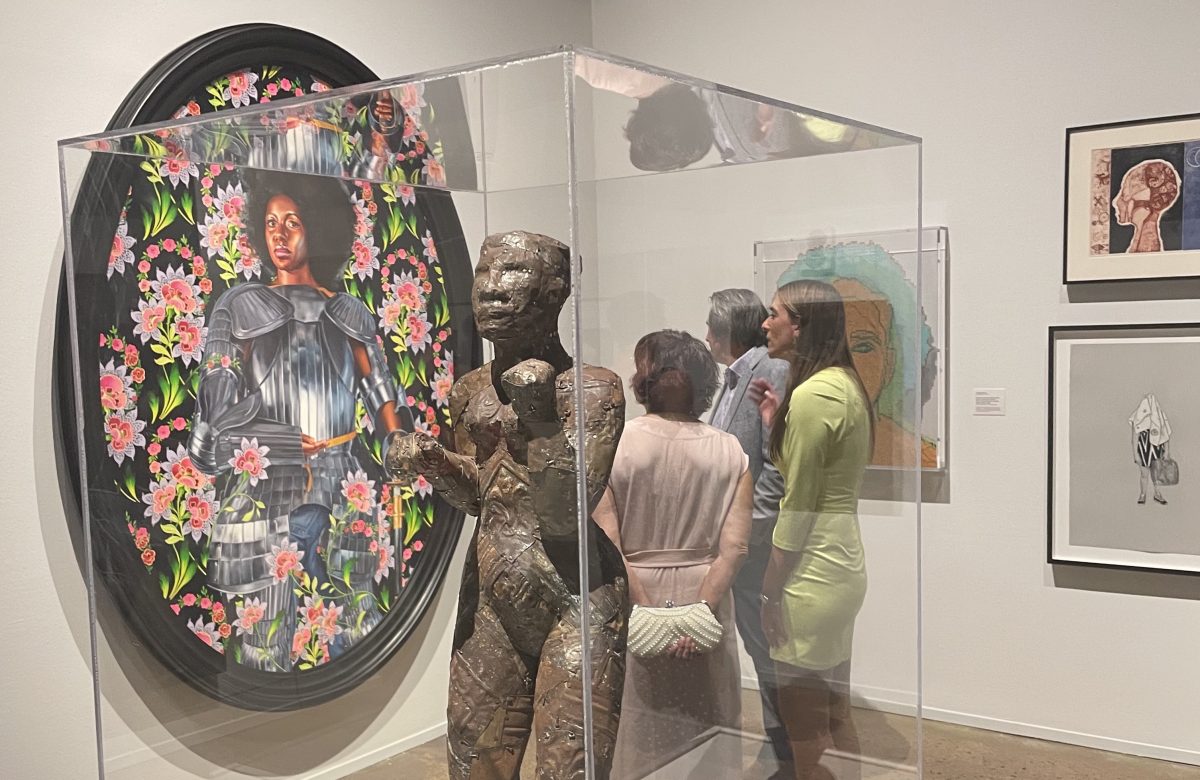Memphis filmmaker Kevin Brooks was impressed with “Black American Portraits,” the new exhibit at Memphis Brooks Museum of Art. The exhibit, which features 129 works of art and 90 artists, was curated by the Los Angeles County Museum of Art (LACMA).
“As I walked through the gallery — as a black artist myself — I was profoundly moved by the intention of the curation,” Brooks says. “It was a poignant reminder that the Black experience is multifaceted and complex, encompassing a wide spectrum of emotions and experiences. I left there with a renewed sense of pride and purpose. It reminded me of the transformative power of art to shape perspectives, challenge narratives, and celebrate the beauty of the black experience.”
Brooks, who attended with Kathryn McCullough, were among the more than 750 people who attended the opening party, which was held August 17th.
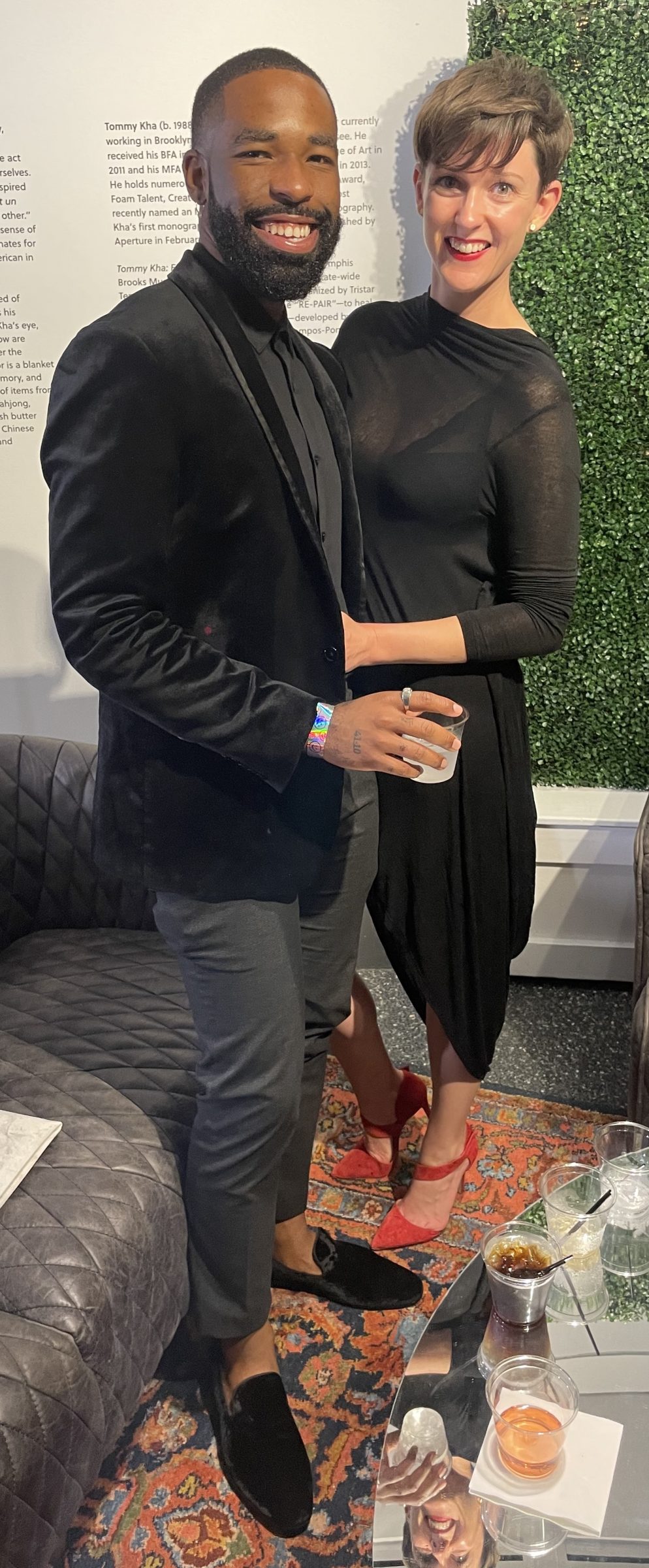
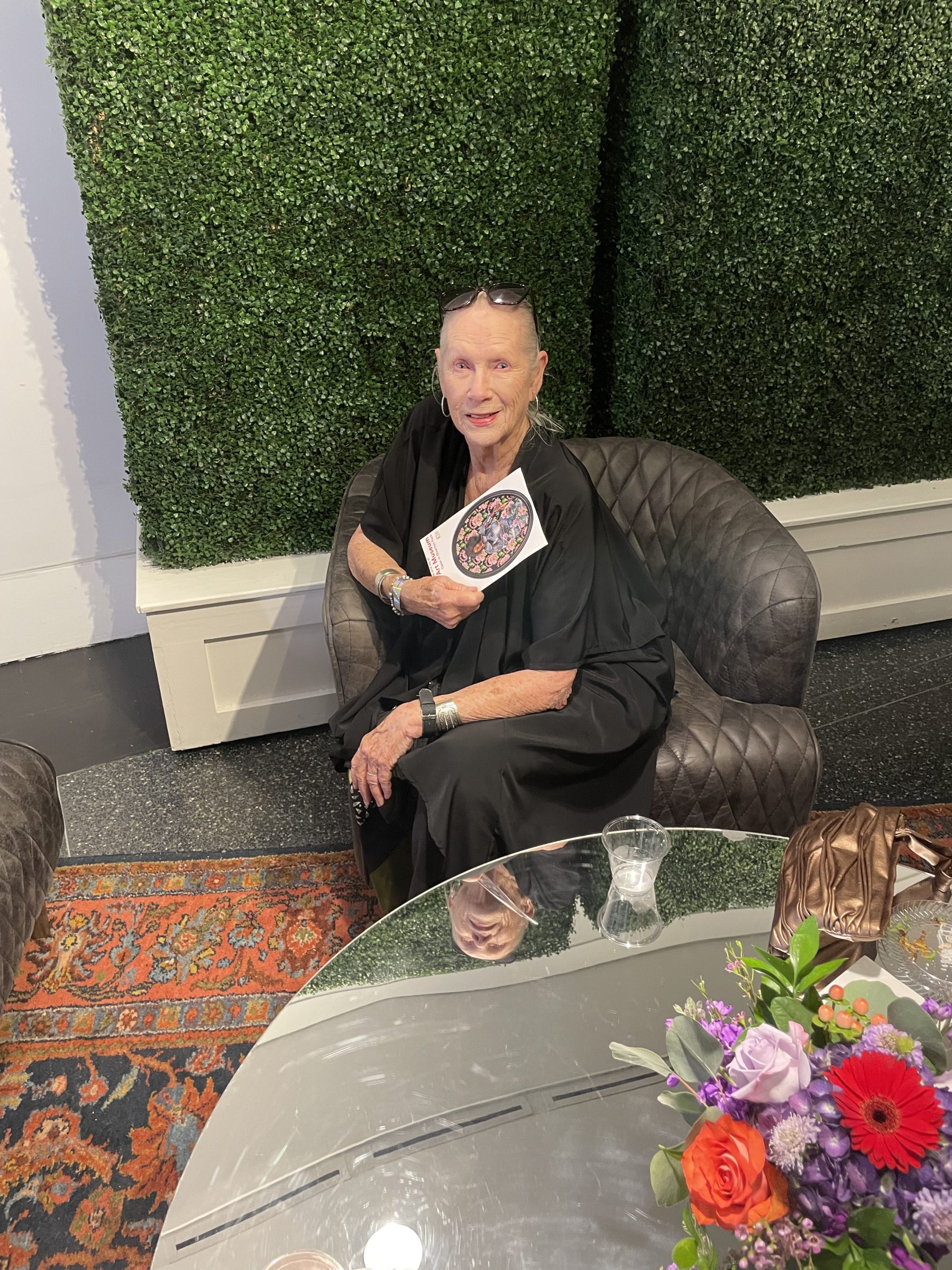
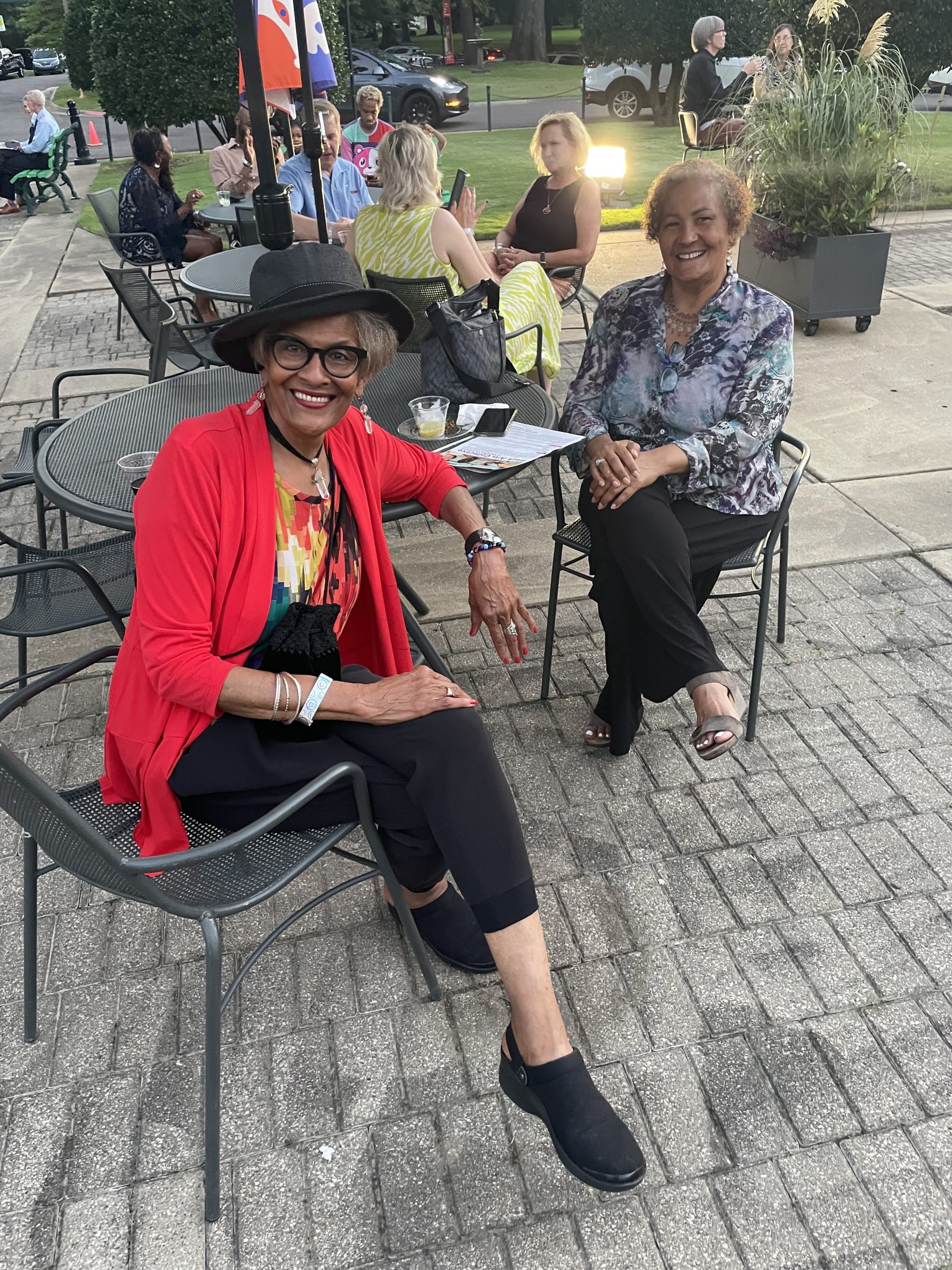
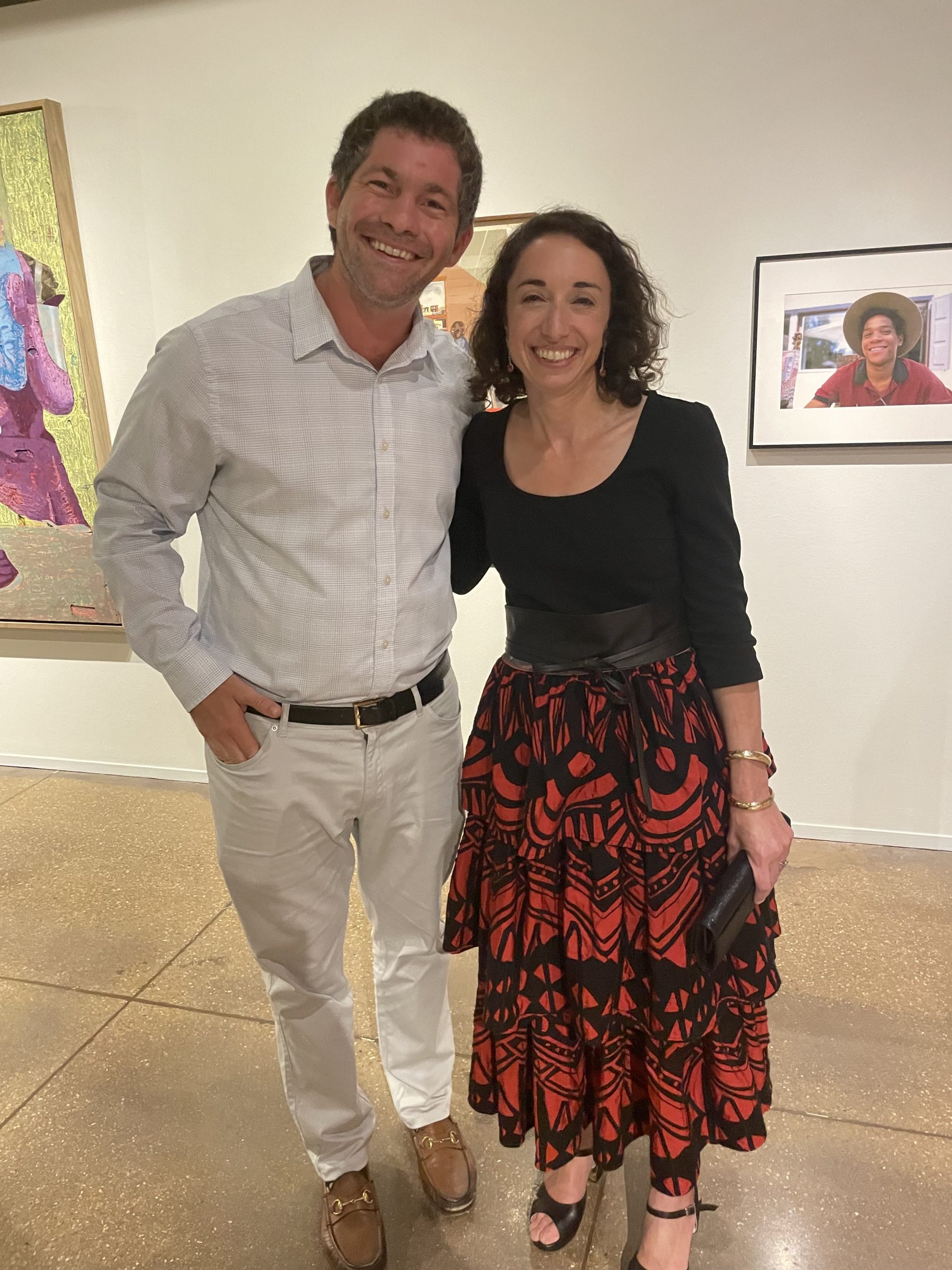
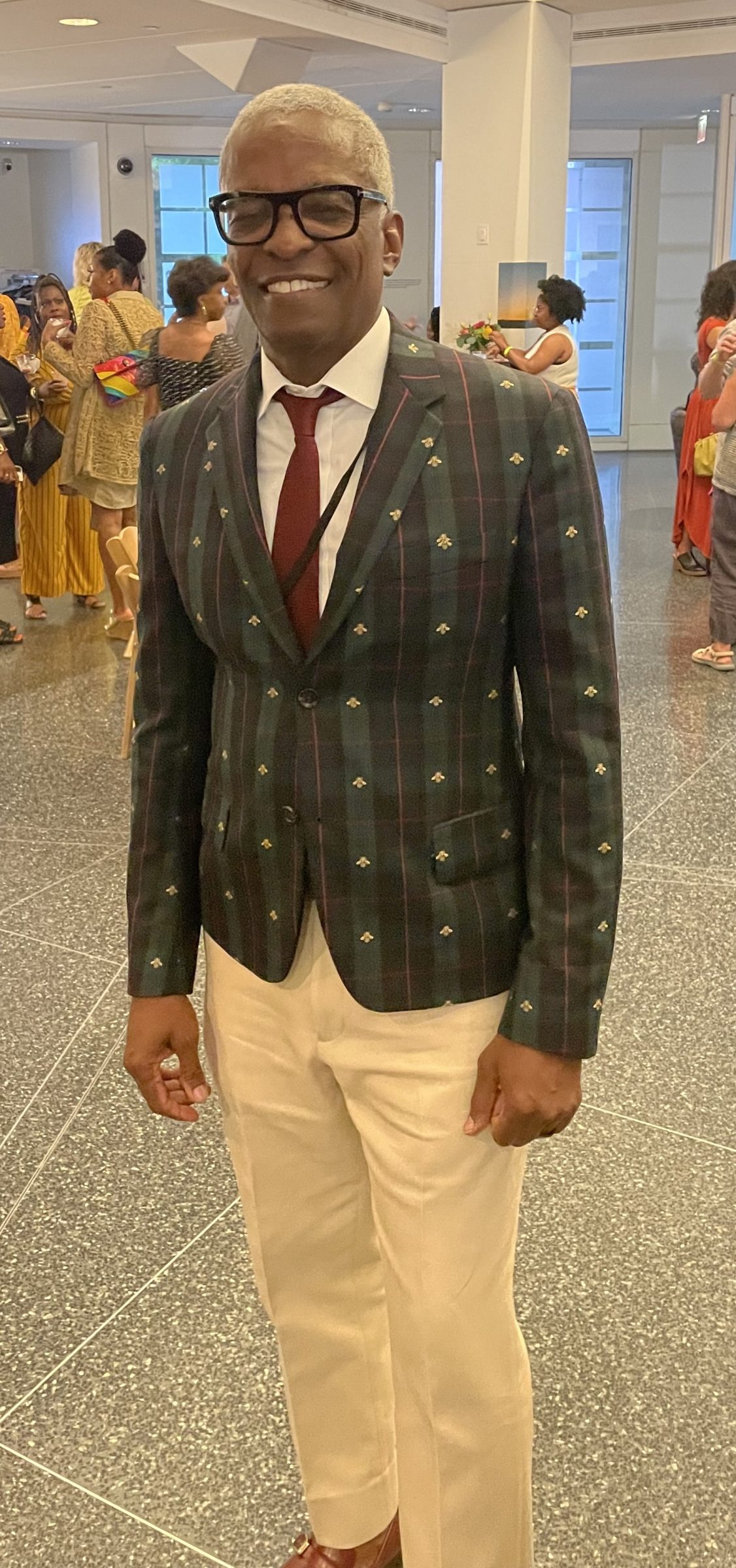
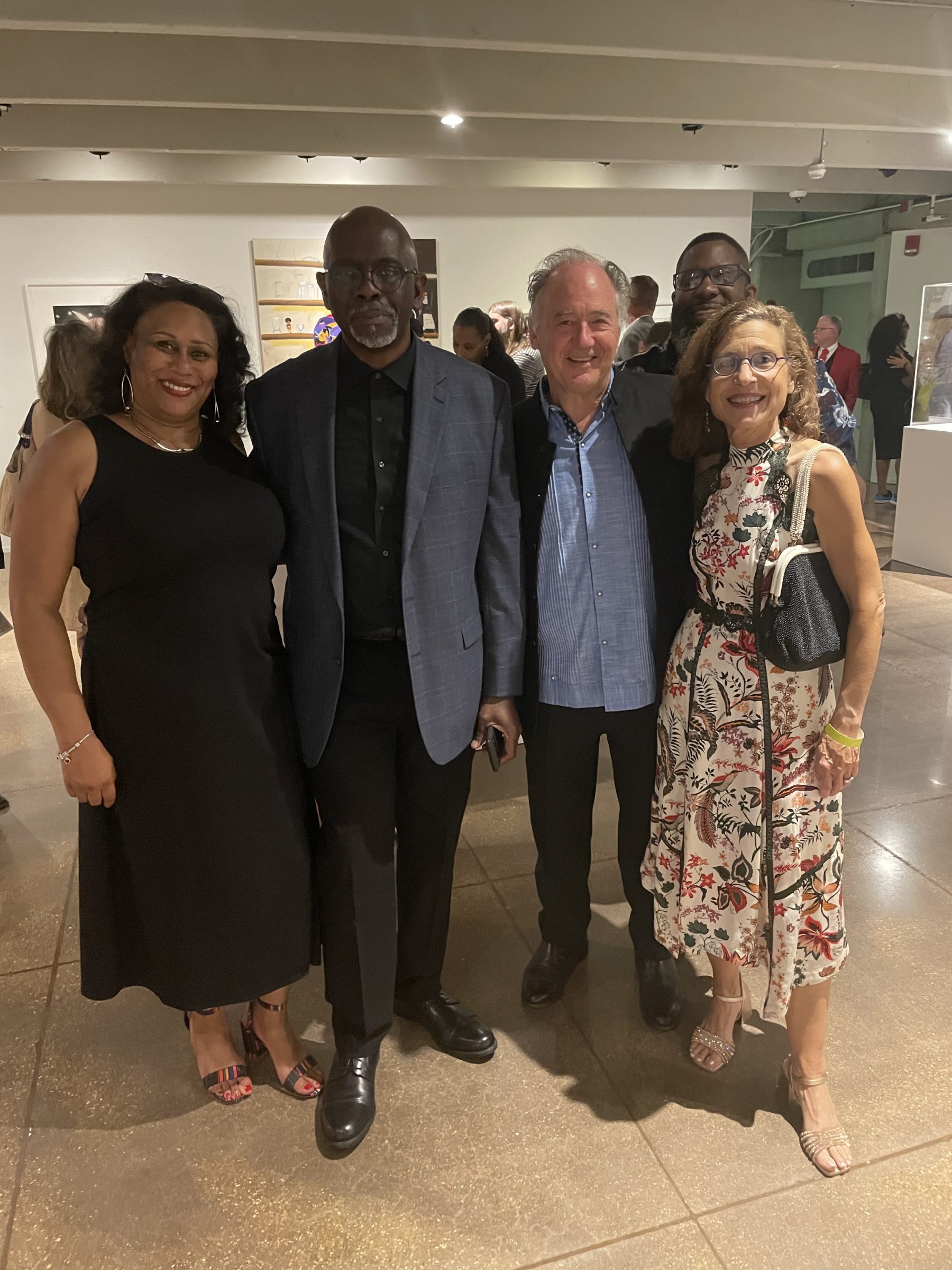
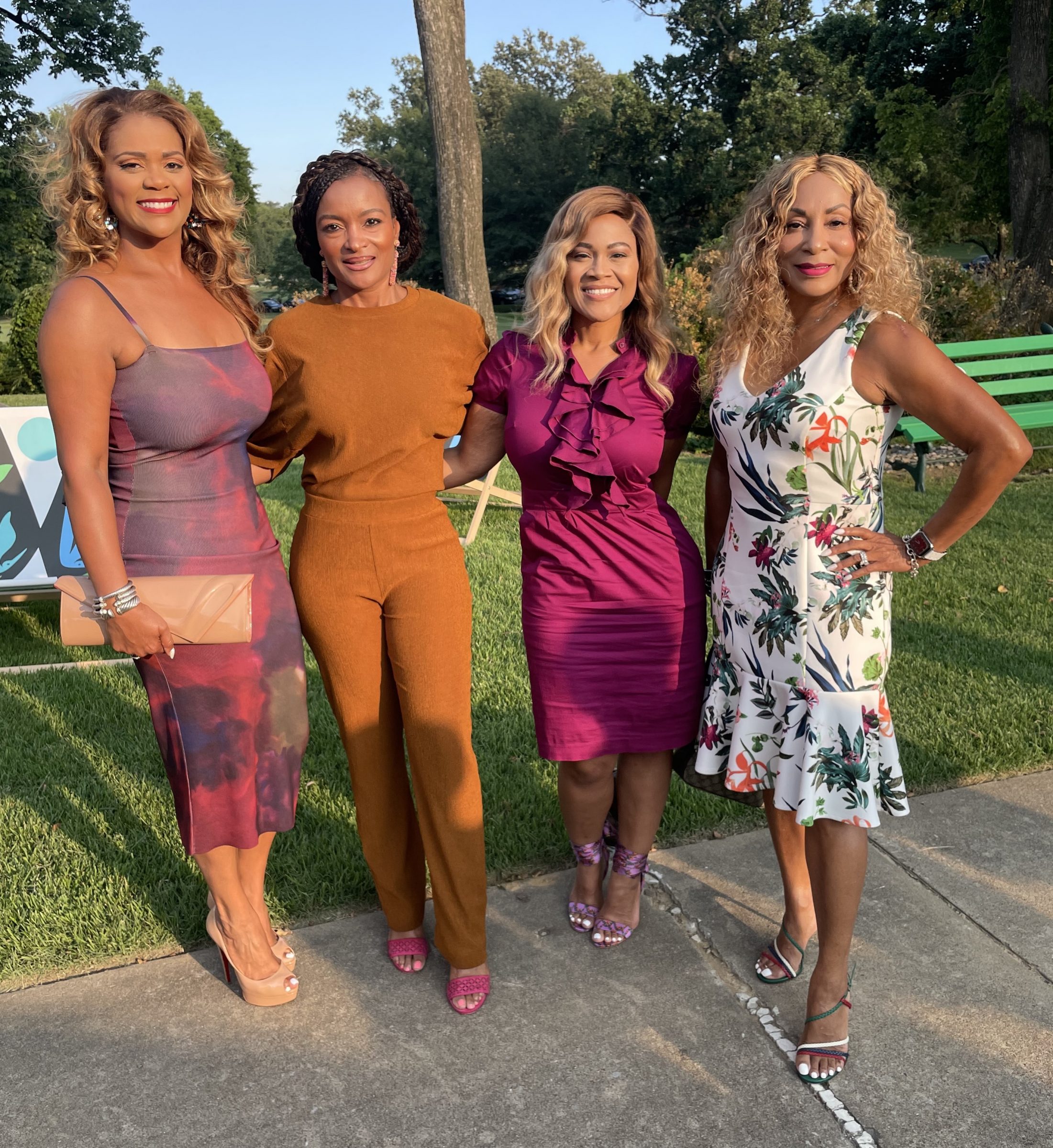
It was great to be holding a big party at Brooks again, says Patricia Daigle, Brooks curator of modern and contemporary art. “We have a few good years left in our Overton Park location,” she says. So, it’s nice to see people “really excited about the Brooks and what we’re doing here.”
As far as the reaction to the show, Daigle says, “Many people have just been happy and excited to see such incredible works here. A special part of the show is how many of those works by significant artists, both historical and contemporary, are on view.”
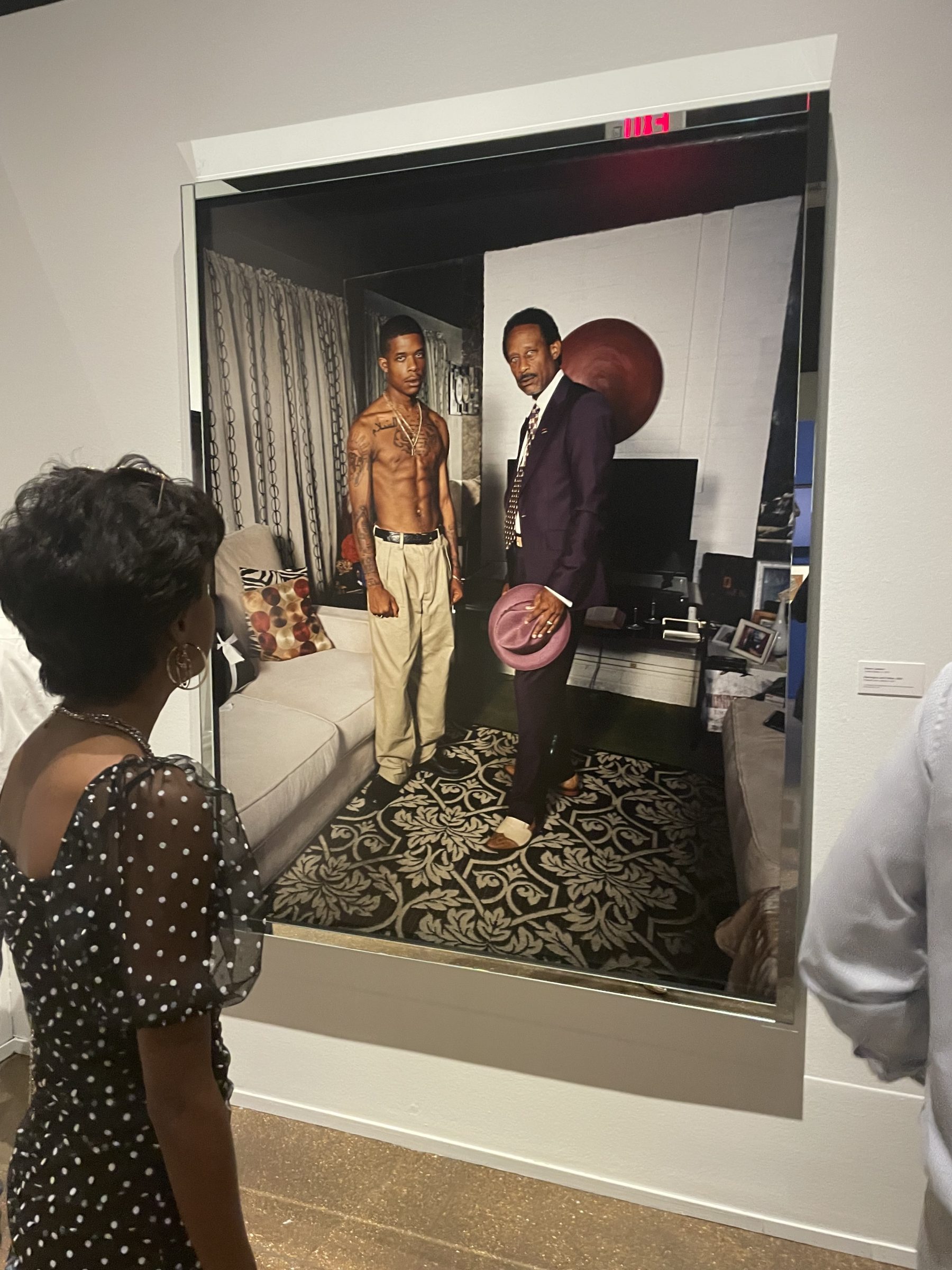
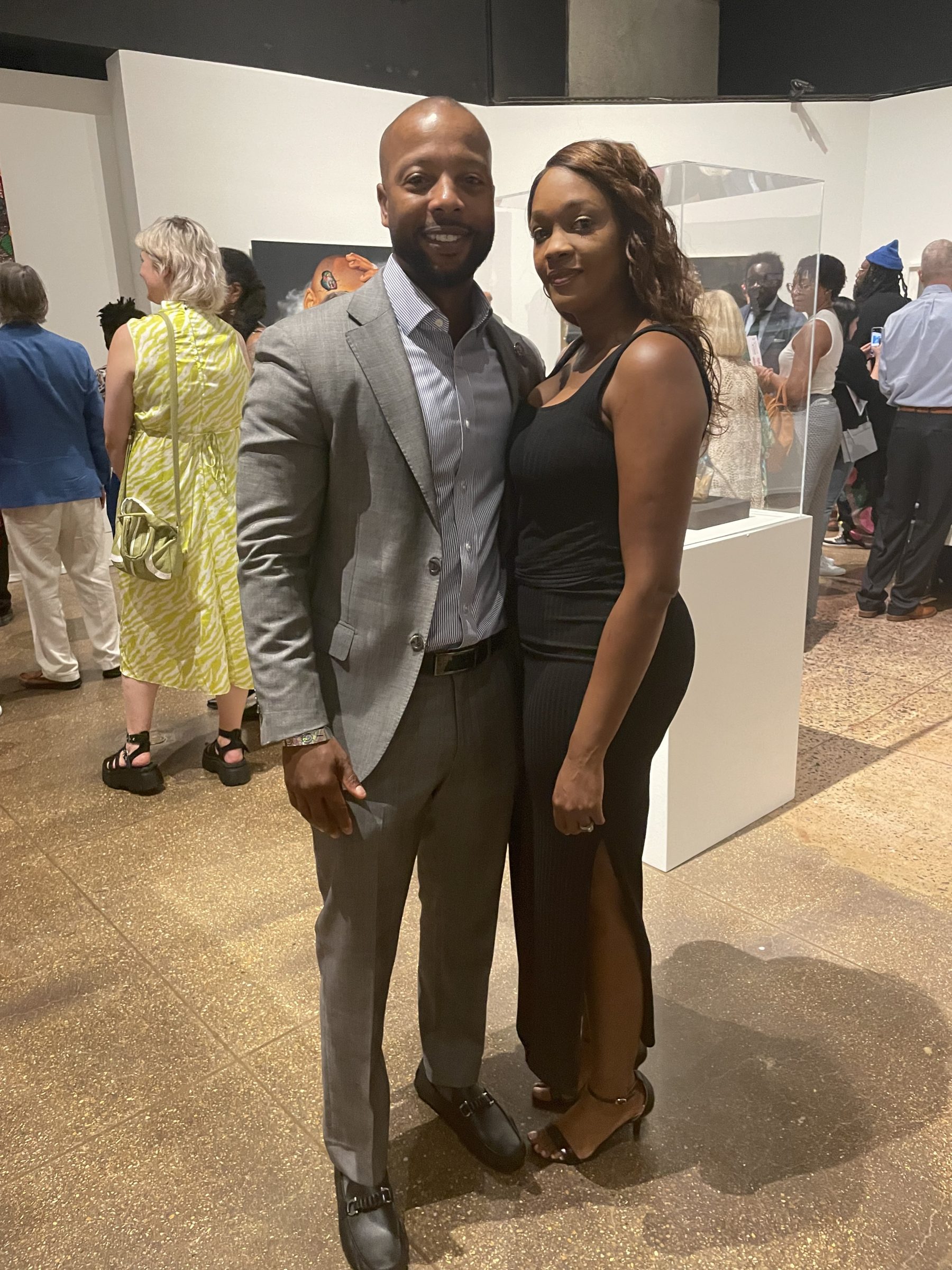
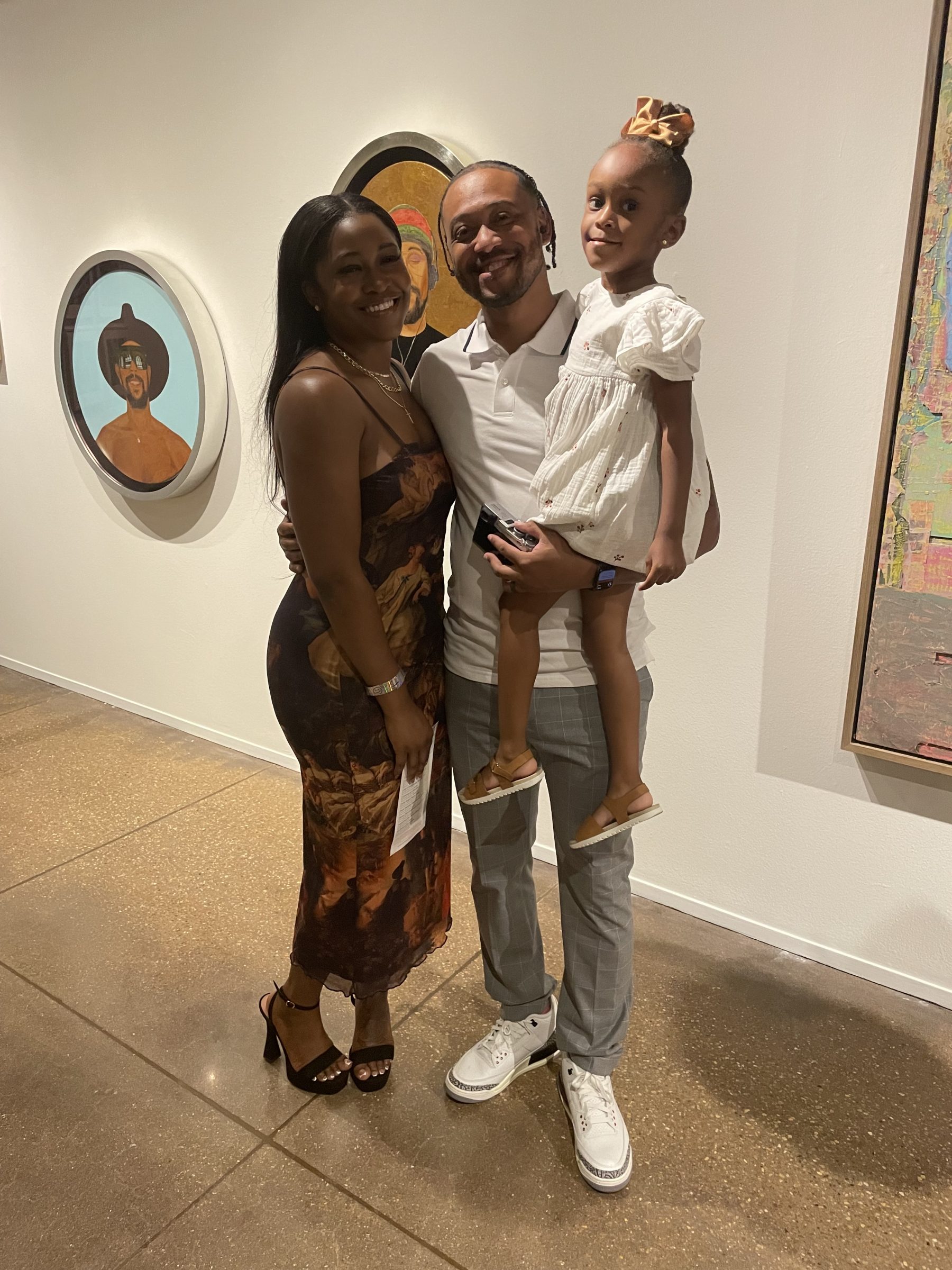
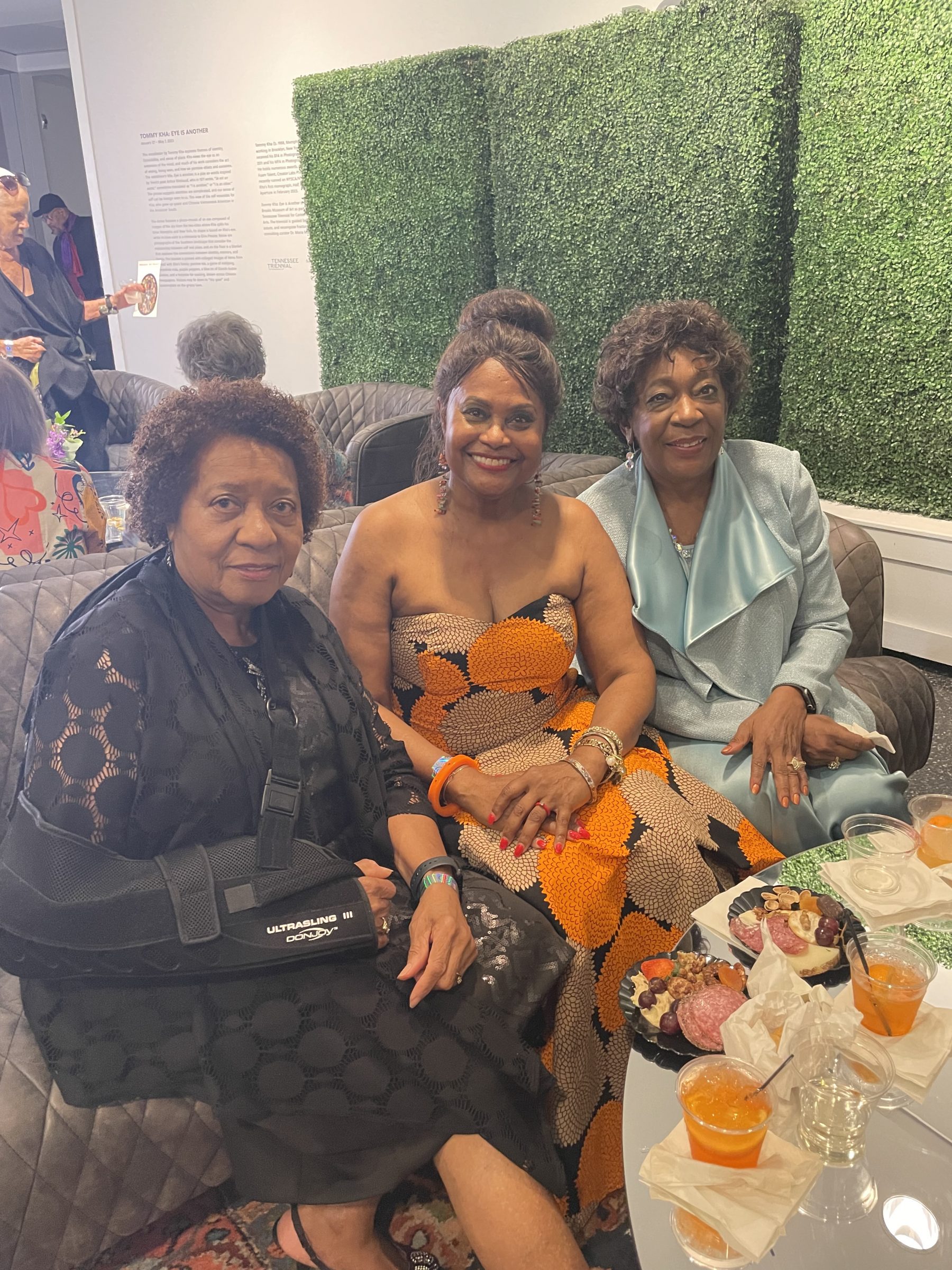

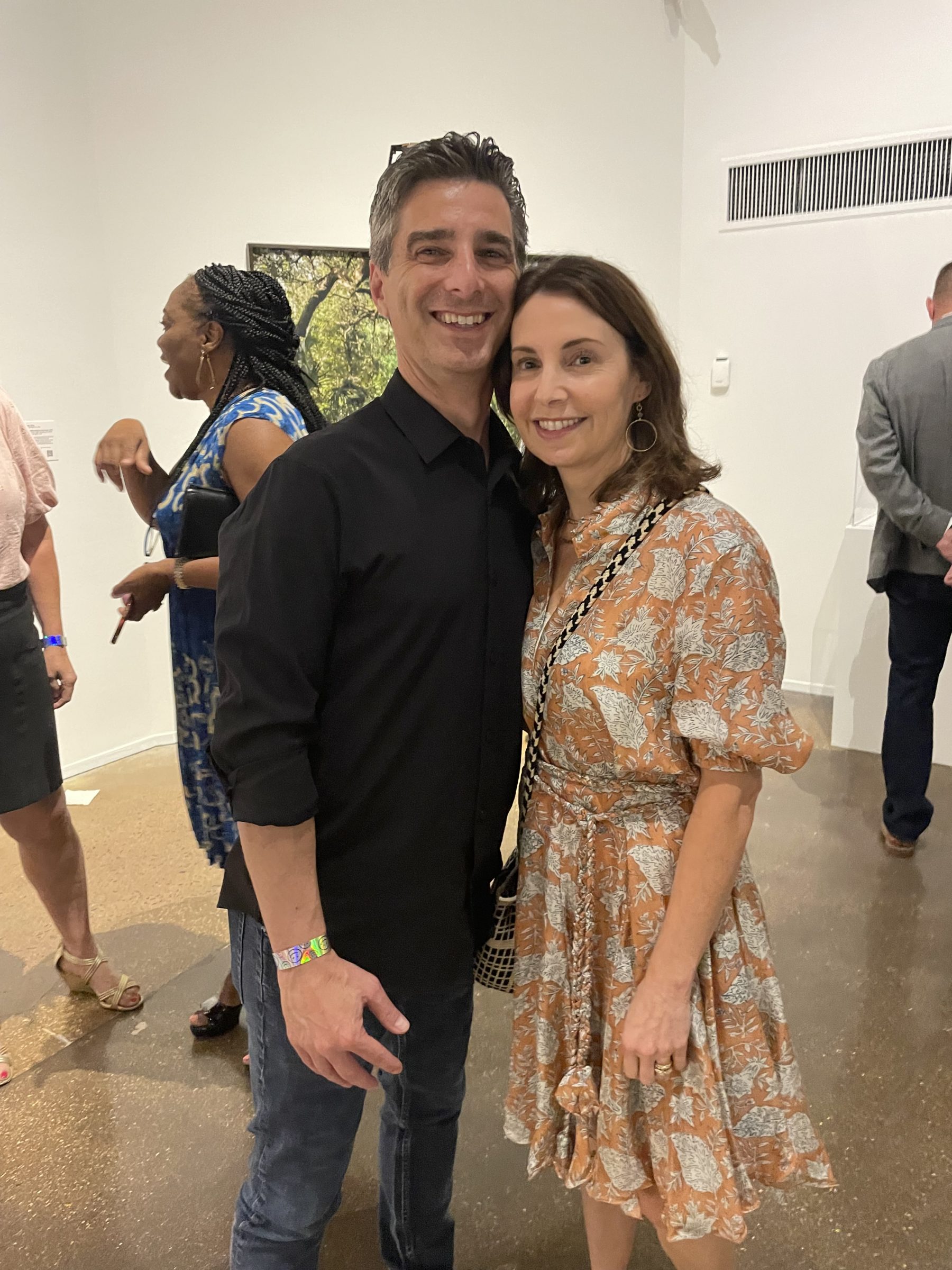
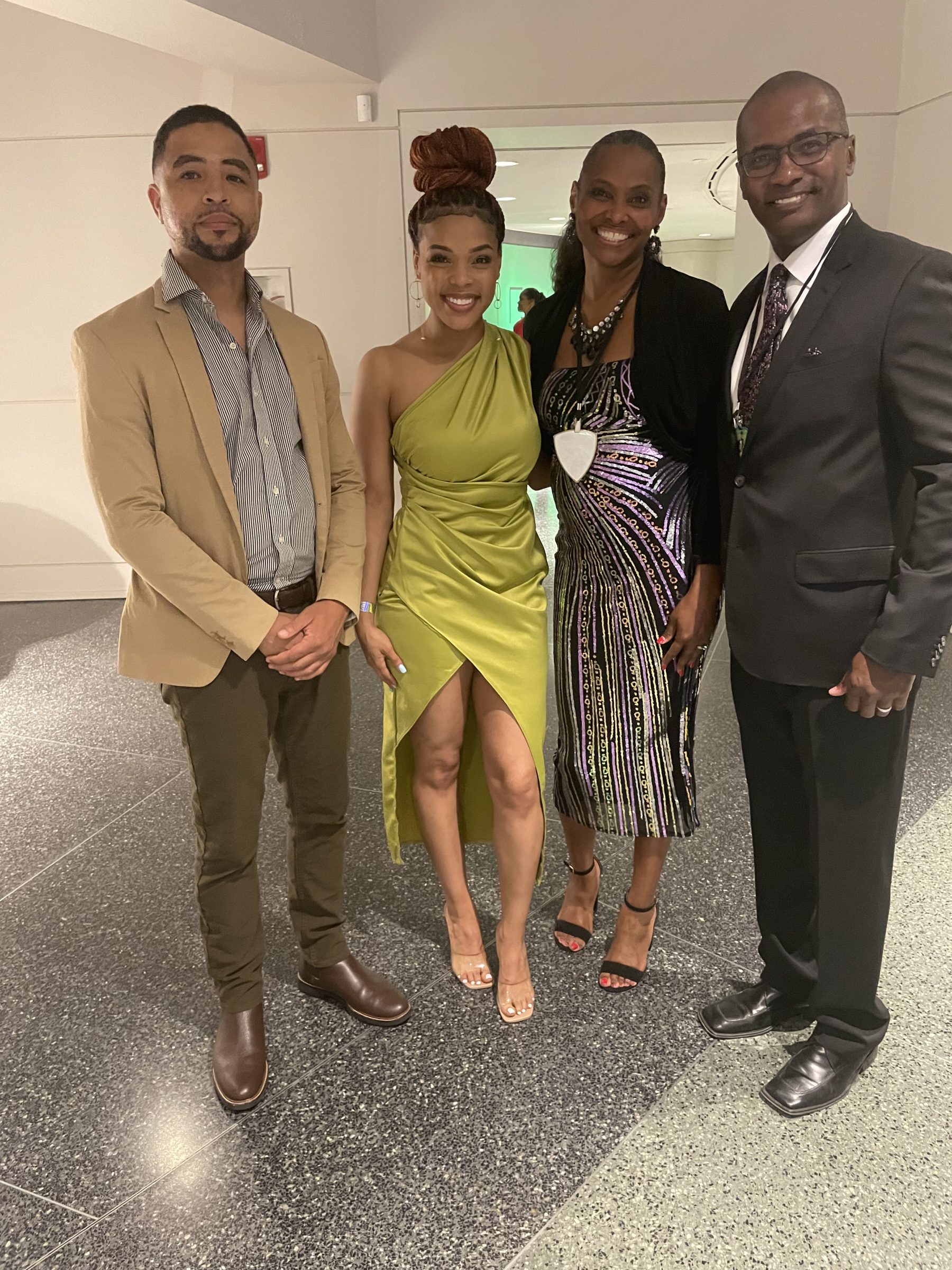
Daigle says she’d love to have all these artists included in the permanent Brooks collection, but, in the meantime, visitors are fortunate to get to see work by artists, including Kehinde Wiley, Mickalene Thomas, and Kerry James Marshall, on display at the Brooks.
And, she says, visitors appreciate the fact they can see these works in Memphis.“The general feeling I’ve experienced is just the excitement and the joy the exhibit is really trying to lean into.”
No single piece of art is the most popular, Daigle says. Some people are drawn to “the largest work and the most sort of physically-demanding work. But other people really gravitate to a small drawing. Something quiet.”
Part of the appeal is the range of visions in the show, she says. “There’s something for everybody.”
Deejay Jared “J B.” Boyd played music during the evening. Boyd also curated, according to the Brooks website, “a soundtrack of Memphis music that exemplifies Black Love, Power, and Joy. The 901 Black American Portraits Soundtrack celebrates the vibrant legacy and future of Black musicians in the city of Memphis.”
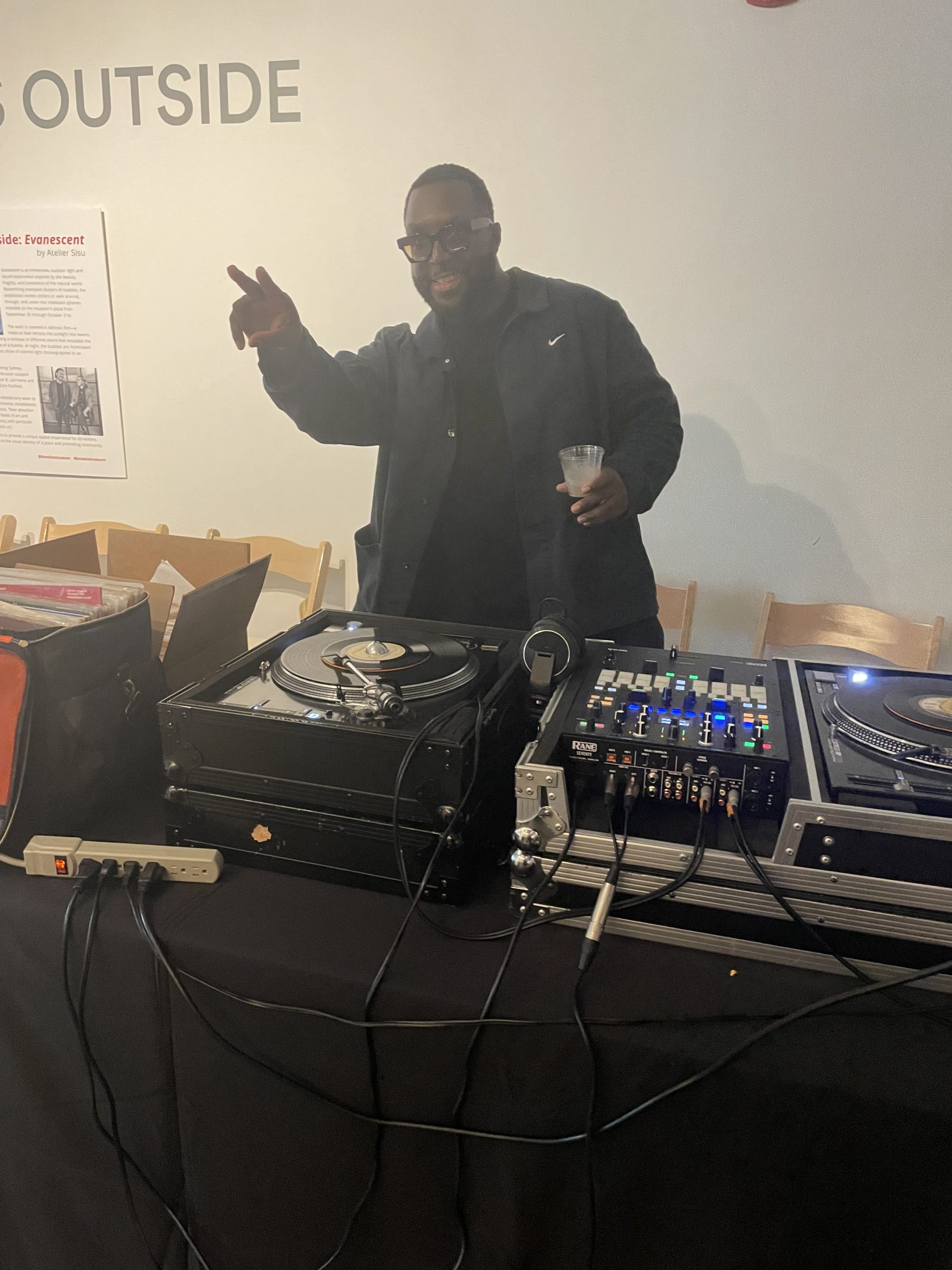
“Black American Portraits” will run through January 7th. “We’ll have it for a good long time. I think it gives people a chance to make it out and see it.”
The museum will be featuring a number of programs during the show. Among those will be “Super Saturday: Black American Portraits,” which will be held from 10 a.m. to noon September 2nd. Free admission and art making. The event will celebrate and discuss the “Black American Portraits” exhibit.
Efe Igor Coleman, Blackmon Perry Assistant Curator of African American Art & Art of the African Diaspora at the Brooks Museum, will give a special gallery talk on the exhibit from 6 to 7 p.m. September 13th.
“Bia Butler in Conversation,” a talk with the contemporary textile artist, will begin with a reception at 5 p.m. and the talk at 6 p.m. on September 22nd. Daigle will moderate the conversation.

